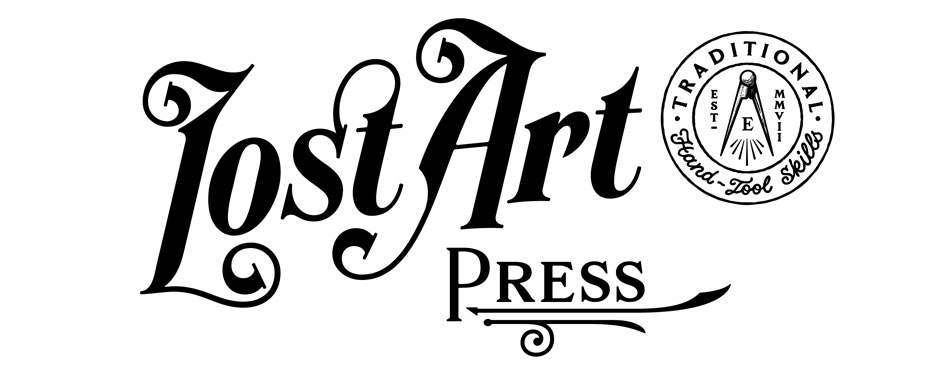
Megan Fitzpatrick and Brendan Gaffney will staff the Lost Art Press storefront this Saturday so I can have a weekend with my wife (it’s our 25th anniversary).
There have been lots of changes at the storefront, 837 Willard St. in Covington, Ky., since last month. The Electric Horse Garage will be up and running (the new roof goes on starting Tuesday). Plus, we are setting up the bench room for classes that Brendan, Megan and Will Myers will be teaching there this year.
We now have nine (!) different workbenches at the storefront for you to examine.
- My French oak Roubo bench
- The Holtzapffel workbench
- A Nicholson bench with angled legs
- Megan Fitzpatrick’s “Glue-bo” bench made with laminated beams
- A nice commercial Ulmia
- A cherry and cottonwood Roubo bench
- The Loffelholz 1505 workbench
- The Saalburg Roman bench
- The Herculaneum eight-legged bench
So if you are in the market for a workbench design, our storefront might be a good place to investigate.
As per usual, we will be selling our full line of Lost Art Press books, plus T-shirts. We are, however, quite low on blemished books right now.
The storefront is open from 10 a.m. to 5 p.m. on the second Saturday of each month. Directions and a map are here. Our next open day will be Feb. 10 (I’ll be there!).
— Christopher Schwarz


![IMG_2856[1]](https://i0.wp.com/blog.lostartpress.com/wp-content/uploads/2018/01/img_28561.jpg?resize=640%2C853&ssl=1)




